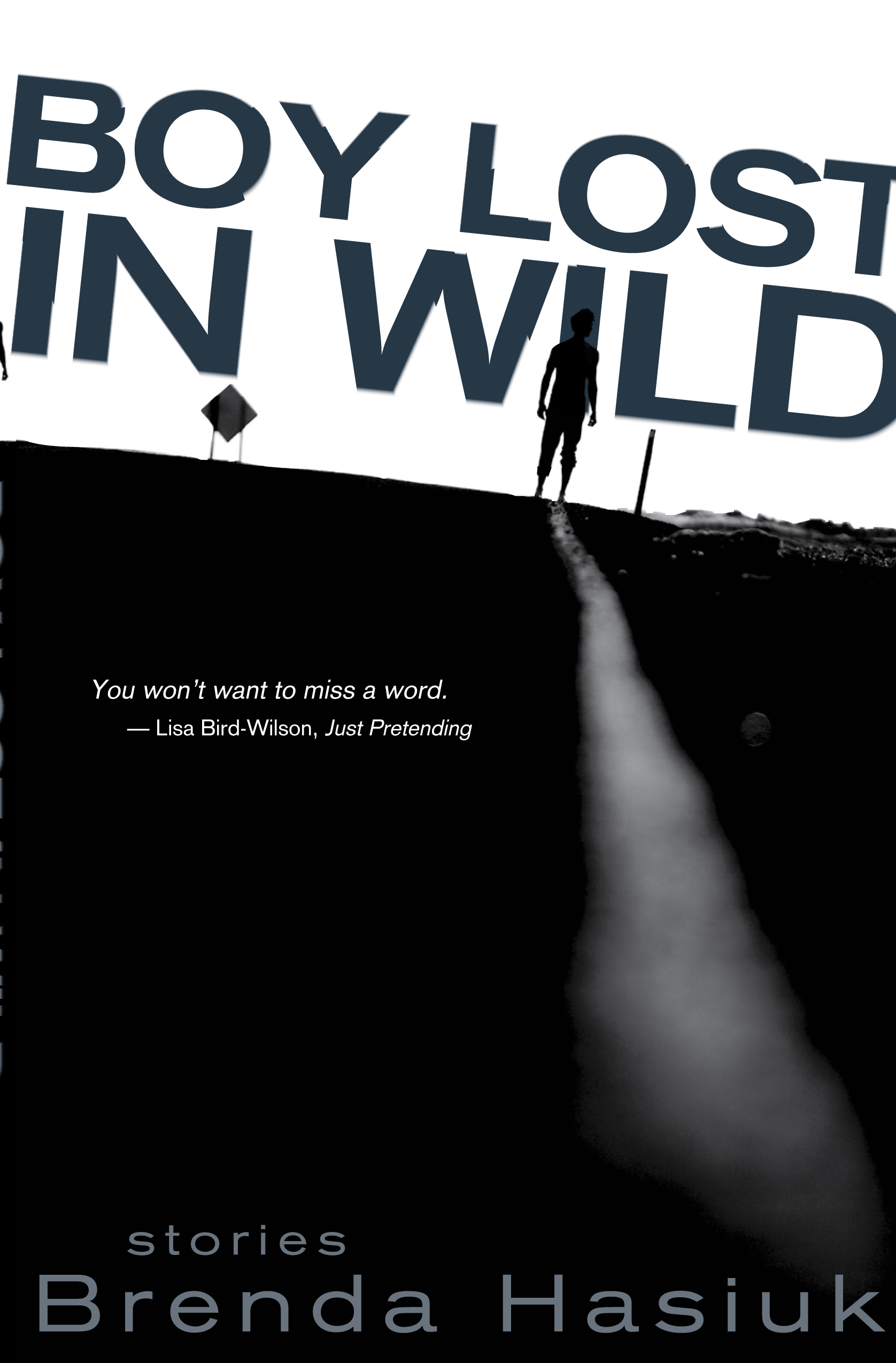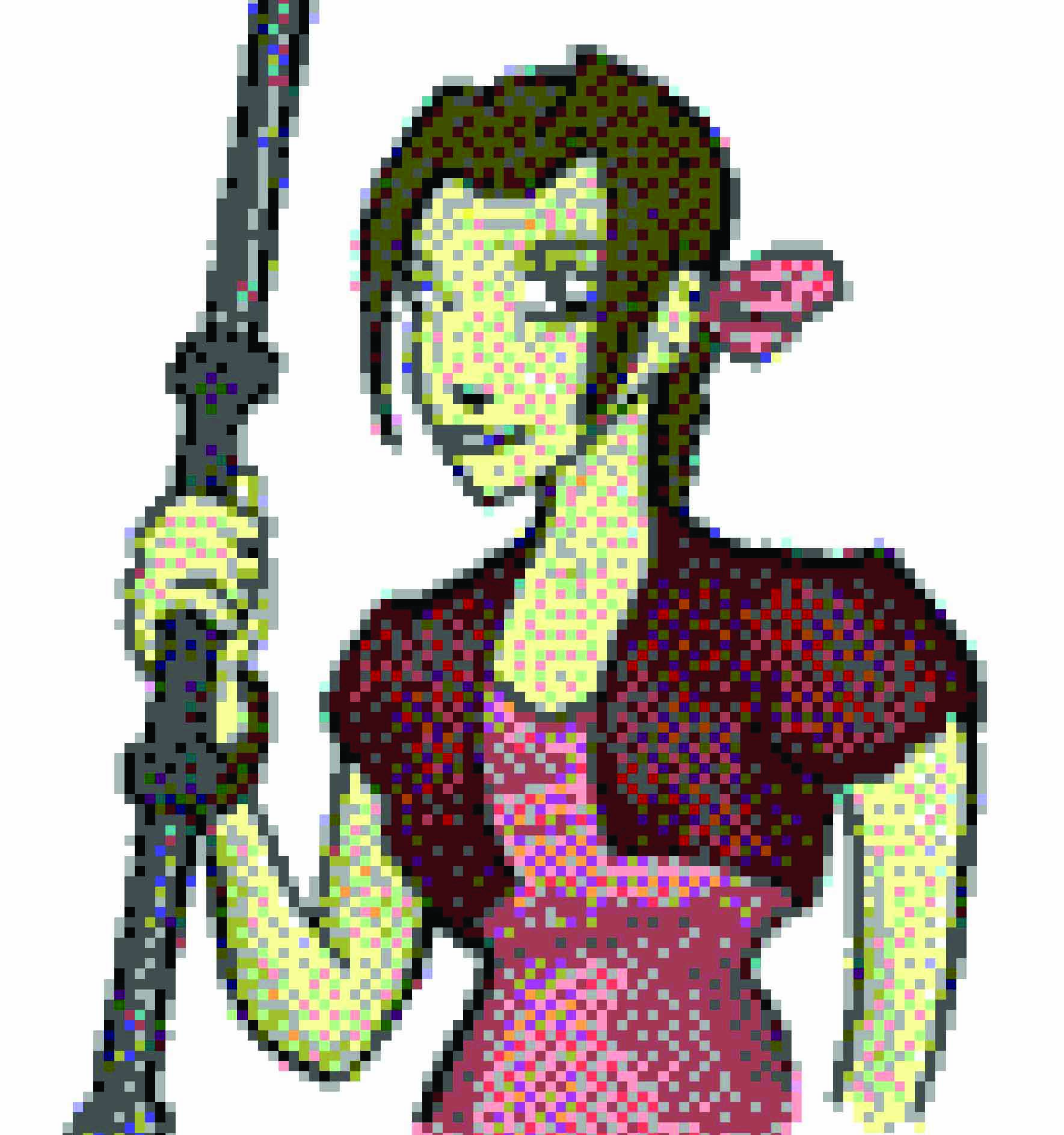Whether in the form of Jedi Knights who wield their elegant lightsabers, or cartoon felines who deliver pizza and fight crime, the samurai has become a part of Western culture. With the exception of the Samurai Pizza Cats, the samurai is often a figure of discipline, swordsmanship and uncompromising honour. He is stoic and unwavering. Yet as compelling as the mythos of the samurai is, it is easy to forget that the samurai were a living, breathing warrior class that could not keep up with a changing world.
Towards the end of the Tokugawa Shogunate, which ended in 1868 with the Meiji Restoration, the samurai had already moved away from their military status. They had taken on a more administrative role and acted as courtiers and aristocrats rather than warriors. They were at the top of the social structure. During the Tokugawa period, only samurai were permitted to carry swords. They typically carried the katana and the wakizashi, which were not only powerful weapons, but symbols of power in much the same way that sword ownership was in Elizabethan England.
However, as powerful as they were in their heyday, by 1868, the samurai had become less and less relevant as the strict isolationist policies of Japan were relaxed and Western trade became a reality. Japan was in a state of relative peace, and as superior foreign military technologies and ideas came flooding in, the samurai were becoming obsolete as warriors.
The beginning of the end of the samurai came in 1868 with the Meiji Restoration. With this political change came an ideological change that adopted more Western social structures, and the Japanese military was entirely reformed. The special privileges of the samurai were abolished and the samurai’s status as the only armed force in Japan was relinquished in favour of a more Western-style conscription-based army, open to all citizens. The Meiji regime adopted the idea of a meritocracy, as opposed to the hereditary privilege that the samurai enjoyed previously, according to Eiko Ikegami’s book, The Taming of the Samurai. By the end of the 19th century, the samurai had been phased out of existence.
Prominent Japanese filmmaker Akira Kurosawa is best known for his samurai movies. While most depictions of samurai in popular culture are nostalgic, idealized and heroic, Kurosawa’s samurai films often deal, albeit indirectly, with the disgrace of the samurai, who were left powerless and without direction after the Meiji Resoration. His films often depict directionless rōnin, or master-less samurai wandering about the country trying to survive. The 1961 film Yojimbo is one of the most prominent examples. In the film, former samurai are bandits and shiftless warriors, and the invasion of foreign technologies is symbolized by the deadly revolver that the villain carries. The film opens with the nameless wandering protagonist who has so little direction that he must toss a stick in the air in order to determine which direction he will walk when he comes to a fork in the road. Kurosawa shows us that the samurai were a real economic and social class brought to ruin, not just a bunch of swordfighters with a katana fetish, as seen in Kill Bill, or wise-cracking warriors with a hairball problem.




